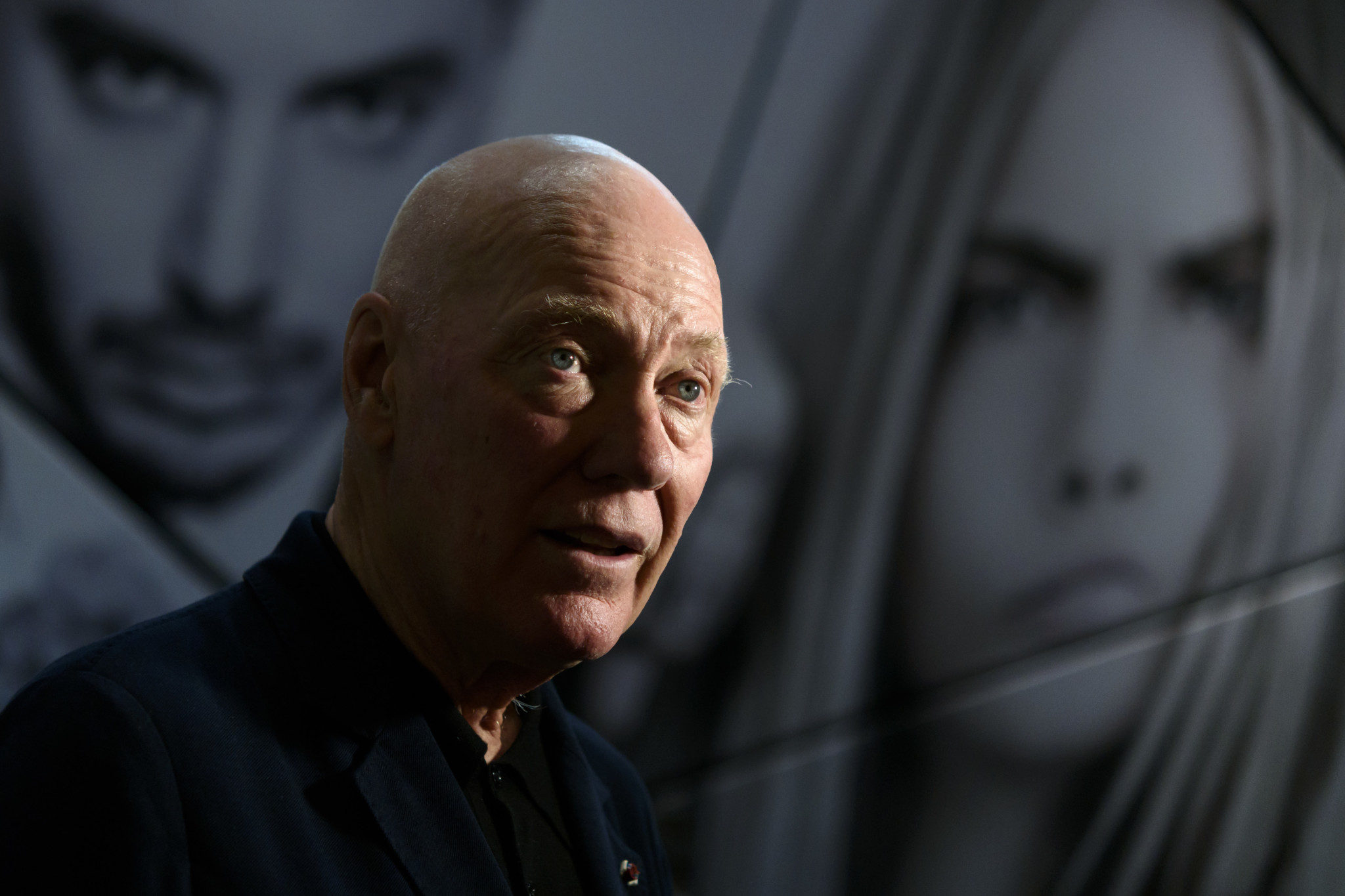After a 45 year career at the top of the Swiss watchmaking industry, Jean-Claude Biver, in conjunction with LVMH’s top brass, has decided to hand over day-to-day operational control of TAG Heuer and the LVMH watchmaking division.
His role will be taken over by Stéphane Bianch, the former CEO of the cosmetics firm Yves Rocher, who has been appointed CEO of the watchmaking division, with effect from November 1. Like Mr Biver, he will also directly lead TAG Heuer, with the CEOs of Hublot and Zenith reporting to him.
Frédéric Arnault, the 23 year-old son of LVMH chairman and CEO Bernard Arnault, has been appointed strategy and digital director of TAG Heuer.
Mr Biver is keen to stress that he will not be entirely withdrawing from the industry, despite turning 69 this year and having faced a number of health issues in recent times. “After 45 years in the watch industry, I would like to focus more specifically on advising and sharing my experience,” he says. “I am grateful to the LVMH Group for according me this honour. Stéphane and Frédéric have my full support for the future. Thank you to all those who have shared my passion and many successes, without whom I could never have achieved so much” he adds.
Mr Biver has certainly enjoyed a charmed and colourful career. A tribute for British GQ magazine by Nick Foulkes, one of the UK’s most respected watch writers, gives a personal insight into the life and times of the great man that he knew for many decades. “Jean-Claude Biver is more than a successful Swiss watch boss, he is famous beyond the world of watches as an inspirational leader, a genuine star, a celebrity in a country that does not do celebrity. Biver’s boisterous confidence, his enthusiasm and his energy make him seem like a natural phenomenon,” he writes, adding: “In an industry that is increasingly a career choice rather than the vocation it once was, Biver is a Pharos of individuality, a triumph of character over the tyranny of the focus group, a passionate personal communicator in the age of Powerpoint. It is impossible to imagine the watch industry over the last decade without his commanding physical and emotional presence.”
Mr Biver’s first job in the watch industry was a sales role at Audemars Piguet in 1974, a traditional independent watchmaker that was yet to enjoy the explosive success of the Royal Oak that has put it on a trajectory to top $1 billion in sales this year. He worked his way up to become European sales manager within four years, and also learned the business from the workshop upwards.
He moved to Omega in 1979 and became the youngest deputy director the company had ever had, but he spent only two years with the brand before making the decision to strike out on his own.
The quartz revolution had decimated the traditional Swiss watch industry, laying waste to brands that could trace their ancestry back to the 19th century.
Blancpain was a prime example; founded in 1735, yet Mr Biver was able to buy the business for just CHF 22,000. Selling mechanical watches was like pushing water uphill at the time, but Mr Biver counter-intuitively turned Blancpain’s vulnerability into its strength. “Since 1735 there has never been a quartz Blancpain watch. And there never will be,” his message to the market asserted.
The audacity of Mr Biver’s marketing concealed the precariousness of Blancpain at the time. The company, according to Mr Foulkes, was making fewer than 100 watches per year in the early 1980s. The business might have become another casualty of the quartz crisis were it not for the assistance of British watch business supremo Marcus Margulies who, admired what the watchmaker was doing, and perhaps the chutzpah of Mr Biver.
He asked to buy 50 Blancpains in gold in 1983 — requiring a doubling of the brand’s production — and there was another problem. Blancpain didn’t have enough money to buy the gold for the cases. When Mr Margulies agreed to pay an advance for the watches, Blancpain was able to manufacture them and took a great leap forward.
Within a decade, Blancpain was sold to SMH, which later became the Swatch Group, for CHF 60 million. The newly minted millionaire Mr Biver’s reputation was sealed.
Rather than put his feet up, the 44-year old asked SMH’s owner Nicolas Hayek for a job, and was given the top job at Omega in 1993, another brand that had not emerged in great health from the quartz crisis.
Mr Biver had a gift for doing three things well at the same time. He energised the workforce, rationalised a bloated range of products, many of which were unloved by customers and within the company, while at the same time staging a series of marketing stunts that grabbed headlines in watch publications and, importantly, mainstream lifestyle media. By the turn of the millennium, sales at Omega had trebled.
Mr Biver took a sabbatical from the industry before reappearing in 2004 at Hublot, which he joined as chief executive. The brand was sold to LVMH in 2008 and Mr Biver became CEO of stablemate TAG Heuer in 2014 and later head of the watchmaking division that houses TAG Heuer, Hublot and Zenith.

